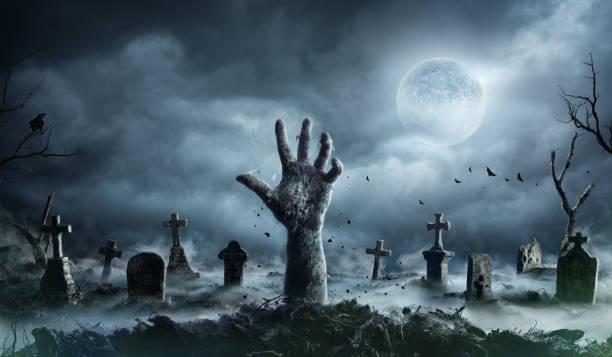3 Reasons Why Horror Has a Special Place in Culture
FTC Statement: Reviewers are frequently provided by the publisher/production company with a copy of the material being reviewed.The opinions published are solely those of the respective reviewers and may not reflect the opinions of CriticalBlast.com or its management.
As an Amazon Associate, we earn from qualifying purchases. (This is a legal requirement, as apparently some sites advertise for Amazon for free. Yes, that's sarcasm.)

Regina Wheeler is a writer and editor at Write my case study and Thesis writing service. She is also a contributing writer for Next Coursework. As an eLearning consultant, she specializes in Gothic Literature, film studies, and theater.
Who doesn’t love a good horror flick, or a good horror tale, every once in a while?
One of the main attractions in fiction and fantasy, horror movies take every opportunity to portray the dark sides of life as a means to scary onlookers. Such tactics include:
- Horrific and graphic images
- Subliminal messages
- The use of supernatural creatures (i.e., werewolves, vampires, aliens, etc.)
Film greats like John Carpenter and Wes Craven demonstrate such monstrosities in their movies, thus bringing people’s “nightmares” to life. While the genre’s audience is often reserved for an older audience, there are always younger audiences who are tempted to step into this world of horror despite warnings from their parents.
Closer Look At Horror In Culture
From futuristic elements, to religious (or political) themes, to mindless violence, horror can take many forms. As a result, the horror genre has worked its way into culture, no matter the audience, and no matter the country.
With that in mind, this article will delve deeper into why horror has a special place in culture. So, let’s explore the forbidden and the insane by examining the 3 main reasons why horror is part of the culture:
- There are many interpretations of horror.
- People are exploring the darker side of humanity. AND,
- People purify their emotions with their exposures to horror.
So, if you’re brave enough, let’s jump right in!
- Many Interpretations Of Horror
“Horror is never a one-size-fits-all ideology,” says Courtney Phillips, a culture writer at Write my X and 1 Day 2 write. “For example, while some people may boast that zombies are scary, other people may point to insanity as a horrific thing. Therefore, there are many interpretations of what horror is. This is especially true in various cultures – all some cultures see one thing as horrific; others will boast otherwise. Ultimately, these differentiations create a fruitful selection of horrors for artists and filmmakers to shed light on, and for audiences to explore.”
- Exploring The Darker Side Of Humanity
Throughout the centuries, horror has been explored within genres, whether it be in romances, fiction, nonfiction, and so on. Even in genres that give the reader a sense of euphoria, that feeling can potentially open the door to horror, when executed well.
However, the biggest drive in developing horror is with imagination. Everyone has imagination. Though, some people use that imagination to create visuals that are disturbing, creepy, and dark.
For example, Edgar Allan Poe is widely known for his shocking and disturbing tales like:
- The Masque of the Red Death
- The Fall of the House of Usher
- The Tell-Tale Heart
- “The Raven” (poem)
In many of his written works (some adapted to film), the horror that Poe presents associates with sadness, loss, and weirdness in poetry, while his prose often evokes passion, terror, and or horror.
As a result, the spectator – the audience – are swept into the crossfire of anything from madness, to sadness, to death, among other horrific themes. With the audience being forced to confront these feelings all at once, the darker side of humanity is present, with horror being anything that anyone will imagine it.
- Purifying Emotions
“When experiencing horror art or film, some people will experience catharsis, a means to purge emotions – mainly fear and sadness – and be renewed and restored emotionally,” says Darling Jenner, an arts blogger at Origin Writings and Brit Student. “In Ancient Greece, death was a common theme in tragedies, and how a character dies portrays significant horror which makes that theme out and clear for audiences. However, the death itself has people thinking of how they’ve felt, and then feeling purified from their previous emotions after the experience. Today, horror can either make you think, or make you experience a high that shakes off any trauma while you enjoy the adrenaline rush.”
In short, horror gives people that feeling of excitement and danger, because the body is being prepped to let go of any other feeling, thus creating catharsis in the viewer or reader.
Conclusion
Horror can be a complex genre, forming in different genres (and subgenres) to profess its dominance in a story or film. With many horror tales and movies to date, this genre has already worked its way into culture – many, to be realistic, thus categorizing it as a form of art, based on its critical and public (especially the fanbases) reception.


